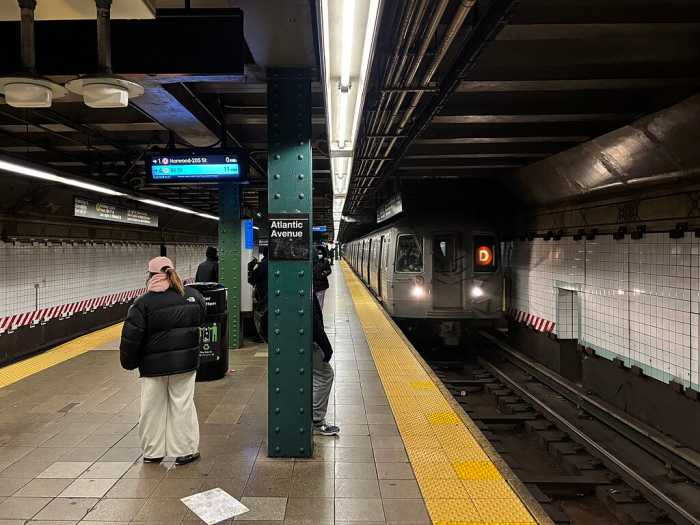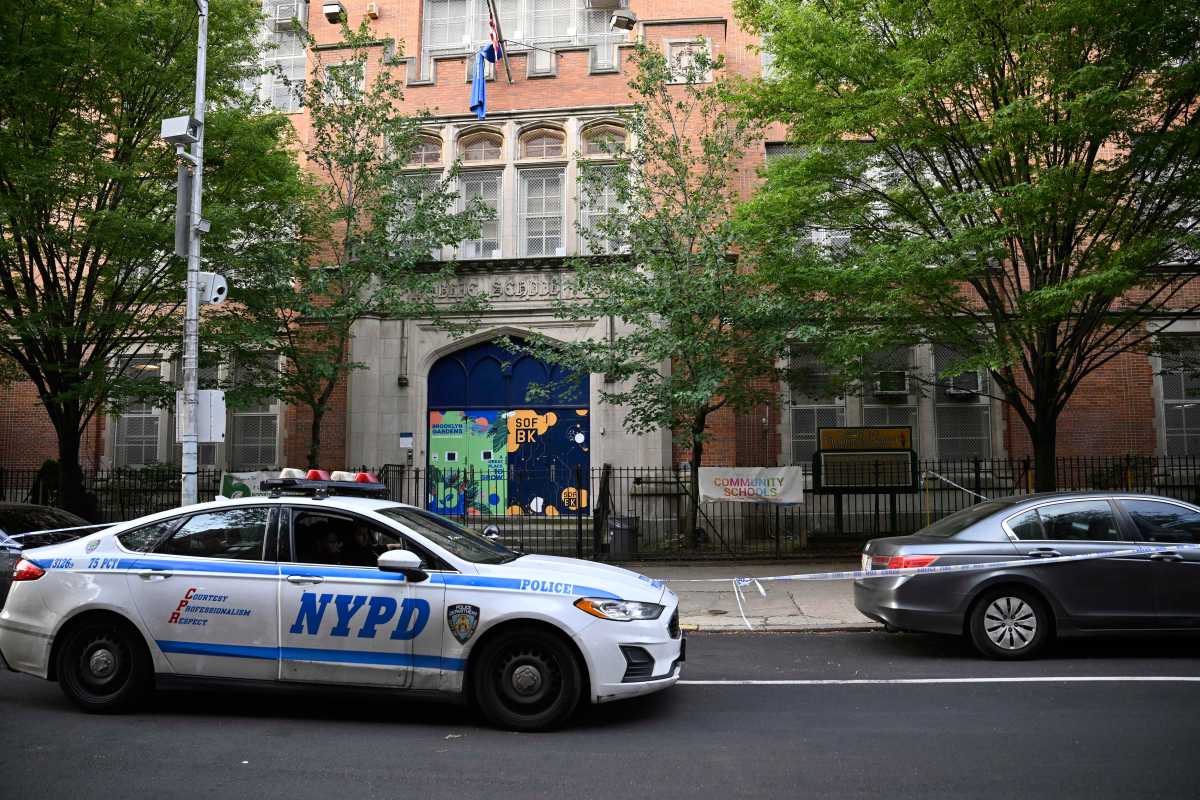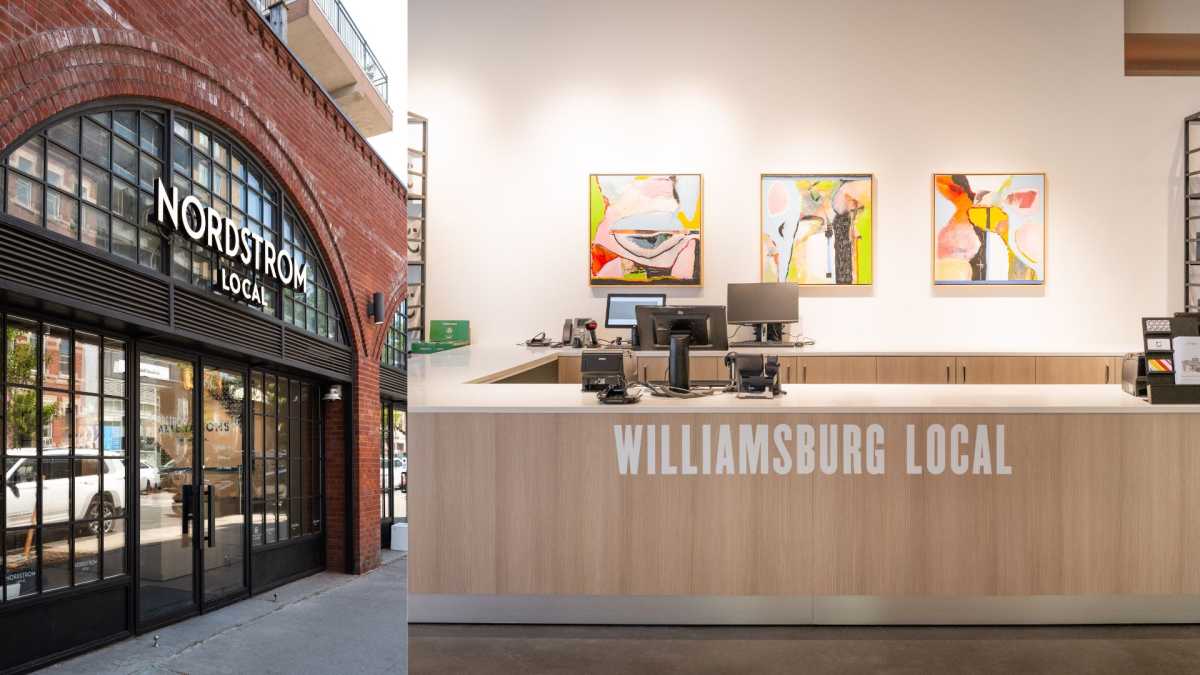Reports of the F train’s improvement were, alas, greatly exaggerated.
The Metropolitan Transportation Authority sent shockwaves through Brownstone Brooklyn last Wednesday night when it tested an 11-car train along the perpetually packed Culver Line.
But two days later, the transit agency told The Brooklyn Paper that it actually can’t afford to roll out the longer train.
“I doubt if we’re ever going to [add the 11th car] in light of the current budgetary crisis,” said MTA spokesman James Anyansi. “The F line is pretty choked up — it’s at full capacity — so adding an extra car might be a good solution, but I wouldn’t expect [it] right now.”
That dashed the hopes of, well, virtually everyone who has stepped in that sardine can with the orange logo during rush hour. Just adding one car to the normal, 10-car train could increase capacity by 10 percent at rush hour, said Gary Reilly, a F-line advocate and Council candidate for the Windsor Terrace-Park Slope seat being vacated by Councilman Bill DeBlasio.
The difficulties are not just financial: Part of the purpose of the MTA’s test run was to figure out which platforms can accommodate an 11-car train.
“Some platforms are longer than others [so] it would probably just run on express stops,” said Anyansi.
That concerned Reilly. “The older platforms at stations south of Church Avenue might not be long enough to fit the 11-car train,” he said.
Riders, of course, love the idea of an extra car — after all, they hate the current system, which includes tardy trains and the threat of a fare hike.
“I’d rather see more frequency for the F train,” said Kerri O’Brien. “I’d rather crowd into one car than wait.”
David Kallis, who said he has been riding the F train for 40 years, also said “the frequency is not enough.”
“The F train is always crowded,” he added. “There used to be a local and an express on the neighboring track. They eliminated it many years ago and never restored it.”
Then as now, of course, the main problem remains cost. Adding one car does requires more power, as well as extra maintenance and cleaning costs — not something the cash-strapped agency wants right now, Anyansi said.
— with Roland Li




















